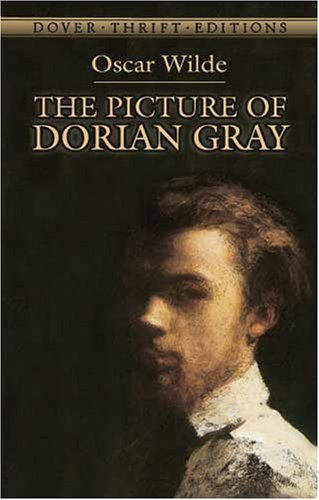All Nonfiction
- Bullying
- Books
- Academic
- Author Interviews
- Celebrity interviews
- College Articles
- College Essays
- Educator of the Year
- Heroes
- Interviews
- Memoir
- Personal Experience
- Sports
- Travel & Culture
All Opinions
- Bullying
- Current Events / Politics
- Discrimination
- Drugs / Alcohol / Smoking
- Entertainment / Celebrities
- Environment
- Love / Relationships
- Movies / Music / TV
- Pop Culture / Trends
- School / College
- Social Issues / Civics
- Spirituality / Religion
- Sports / Hobbies
All Hot Topics
- Bullying
- Community Service
- Environment
- Health
- Letters to the Editor
- Pride & Prejudice
- What Matters
- Back
Summer Guide
- Program Links
- Program Reviews
- Back
College Guide
- College Links
- College Reviews
- College Essays
- College Articles
- Back
The Picture of Dorian Gray by Oscar Wilde
No Art without Beauty
Without the essence of beauty, there is no such thing as art. Just as the thesis of an English paper is the drive and motive for the construction of the paper, beauty is the catalyst for the creation of art. Regardless of the purpose behind the picture, there is a correlation to beauty, whether it is in a negative or positive fashion. The Picture of Dorian Gray exhibits the use of beauty as a catalyst through the portrait of Dorian Gray painted by Basil. Basil’s portrait emphasizes the dependency of art on beauty and demonstrates the effects of tarnishing that beauty.
The picture of Gray centered in the middle exhibits Gray’s own obsession with beauty, but more specifically his beauty in the sense of looks. Gray is self absorbed in his appearance and youth which shows repeatedly in the novel. Wilde expresses this in the novel with this quote. “Those who find ugly meanings in beautiful things are corrupt without being charming. This is a fault. Those who find beautiful meanings in beautiful things are the cultivated. For these there is hope. They are the elect to whom beautiful things mean only Beauty” (Wilde 143). Wilde is stating that without charm a portrait does not serve out its true purpose, and also going on to claim that those who tarnish an artworks beauty are corrupt in nature and do not truly understand the concept of art.
Dorian Gray’s character however, is just as flawed as a tarnished work of art or nature. A withered and dead rose portrays Gray’s character. The dead rose at a point in time was a beautiful and vibrant piece of nature, but through the course of its life began to falter, wither, and taint. Gray’s flaws began to destroy the beauty of his character and so his portrait began to experience changes as well. The changes and variations that de-beautify the portrait represent the changes and variations in nature and the environment of the rose that also in the end de-beautify the rose. “There was so much in you that charmed me that I felt I must tell you something about yourself. I thought how tragic it would be if you were wasted” (Wilde 213). This quote explains how the beauty of Gray is wasted due to the several flaws of his character such as his self absorption and inconsideration. In relation to Gray, the rose was astonishingly beautiful in its prior state, however due to the faults and flaws that it encountered it too has tarnished.
The prior state of Gray, is resembled by the rose on the left side in the cusp of its blossom. This rose represents the true beauty that is what is what art is meant to revolve around. Wilde expresses the relationship of all types of art through the attempt to find and emphasize beauty in the following quote.
“The only artists I have ever known who are personally delightful are bad artists. Good artists exist simply in what they make, and consequently are perfectly uninteresting in what they are. A great poet, a really great poet, is the most unpoetical of all creatures. But inferior poets are absolutely fascinating. The worse their rhymes are, the more picturesque they look. The mere fact of having published a book of second-rate sonnets makes a man quite irresistible. He lives the poetry that he cannot write. The others write the poetry that they dare not realize” (Wilde 56).
According to the quote, beauty is a universal catalyst in all types of art, including poetry and actual drawings. Without the use of reliance on this beauty the art would be lacking just as the character of Dorian Gray lacks principles and morals that inhibit him from a state of charm.
Without art, there is no beauty. Without beauty, there is no art. Regardless of the all of the variables that create a piece of art, without implementing characteristics of true beauty, the artwork is incomplete. Basil’s portrait which is featured in the middle of the paper represents qualities of both the rose in blossom and the withering rose, symbolizing arts’ dependency on beauty and also the consequences of the lack of beauty.
Similar Articles
JOIN THE DISCUSSION
This article has 0 comments.

